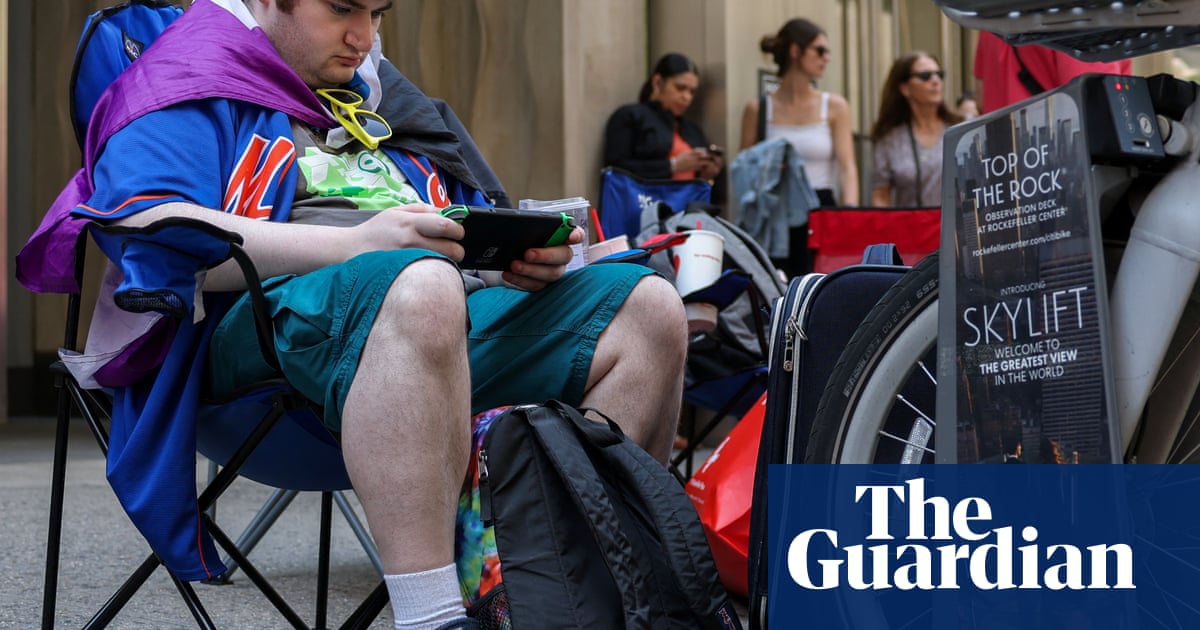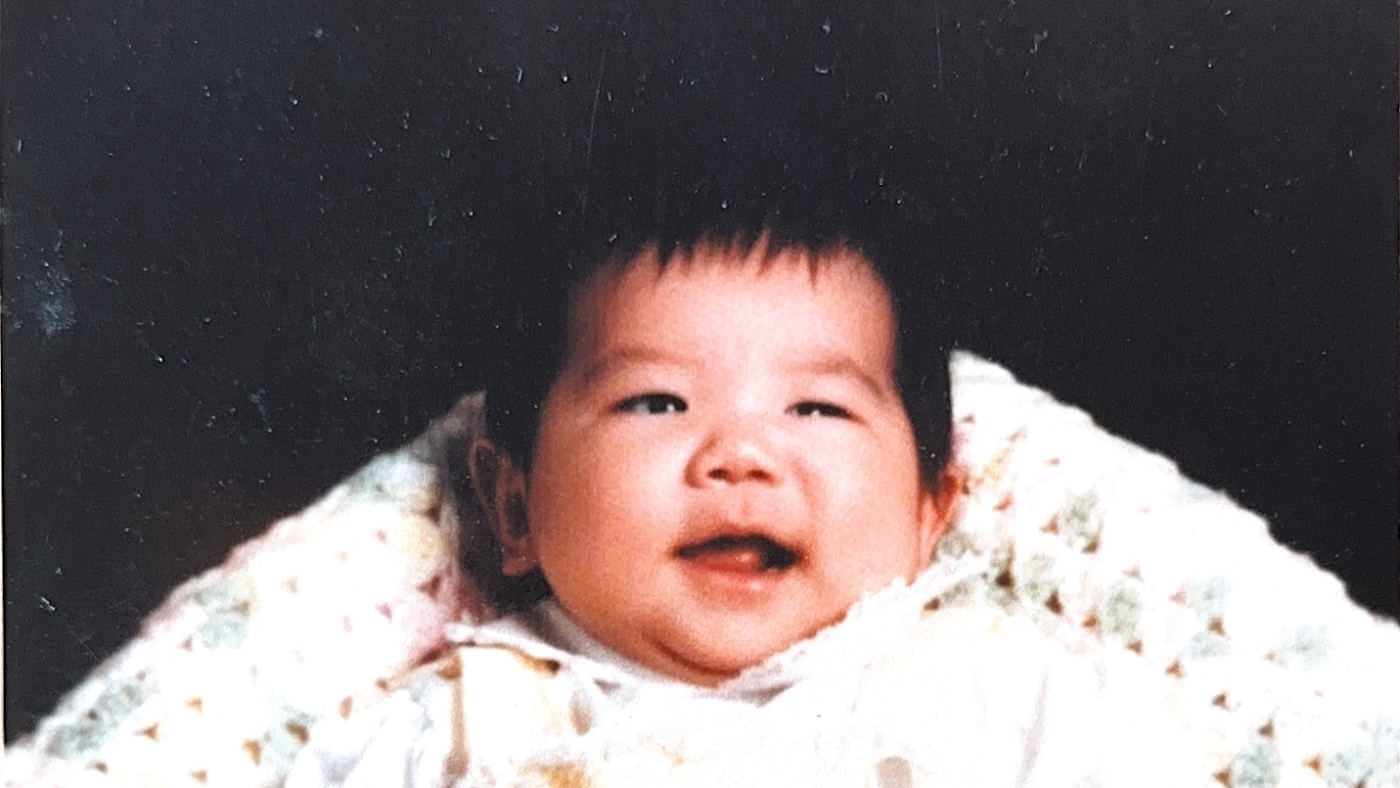Nintendo fans across the U.S. were excited as they opened boxes containing their new Nintendo Switch 2 consoles. The tension around tariffs during the Trump administration had many worried about delays and price hikes. Ultimately, the highly anticipated release on June 5 stayed on track without the feared increase from $450.
Nintendo skillfully timed the launch, landing within a brief 90-day pause on tariffs announced by the former president. But if tariffs return, especially on imports from countries like Japan and India, it could disrupt Nintendo’s plans once again.
Some experts believe we might see a price increase on the Switch 2 during the holiday season. Competitors and other companies shipping electronics to the U.S. have been closely monitoring this situation.
Robert Johnson, an economist at Notre Dame, noted, “What saved Nintendo in this case was that Trump chickened out.” He reflected on the challenges that Japanese companies like Nintendo face navigating the complex trade landscape.
Since debuting in 2017, the original Switch has sold more than 150 million units. Nintendo announced the Switch 2 in April, revealing that it would be sold for $450, or $500 with bundled games like Mario Kart World. Just hours after the announcement, Trump introduced new tariffs, including a hefty 24% on Japanese imports and 46% on Vietnamese ones, where much of the Switch production occurs. This news sent stock markets tumbling, leaving fans concerned about rising prices.
Pre-orders for the Switch 2 were initially set for April 9 but were delayed. Nintendo made this decision to evaluate the impact of tariffs. When pre-orders resumed on April 24, they quickly sold out, and many gamers expressed their frustrations on social media, primarily aimed at the political landscape rather than Nintendo itself.
In 2019, Nintendo began shifting some production from China to Vietnam to minimize tariff impacts. However, the new tariffs on Vietnam were unexpected, affecting not just Nintendo but the entire consumer electronics sector. Johnson pointed out that companies prefer stable environments to manufacture, yet current trade policies create uncertainty.
Sony and Microsoft, two major players in the gaming industry, are also facing these challenges as they prepare to release new consoles in 2027.
Johnson mentioned the phenomenon known as “taco,” which stands for “Trump always chickens out.” This concept emerged after the 90-day tariff break allowed Nintendo to launch its new console despite previous threats.
Even with new tariffs looming, Nintendo had shipped around 746,000 Switch 2 units to the U.S. before the deadline, which helps avoid the higher costs associated with tariffs.
However, the strain of tariffs will affect accessory prices. Nintendo has indicated that items like controller straps will see small price increases. Johnson suggested that Nintendo might consider raising console prices around the holidays if tariffs persist. Yet, he believes that both Nintendo and the Trump administration might try to avoid a price hike that could lead to negative media coverage.
Interestingly, most of Nintendo’s revenue doesn’t come from console sales but from software and online services, neither of which face tariffs. “Nintendo wants to sell consoles to drive game purchases. Keeping prices low on consoles may be key,” Johnson stated.
As it stands, Nintendo’s journey with the Switch 2 highlights the ongoing impact of global trade policies on consumers and companies alike. The next few months will be crucial in determining how these dynamics shape the market.
Source link




















